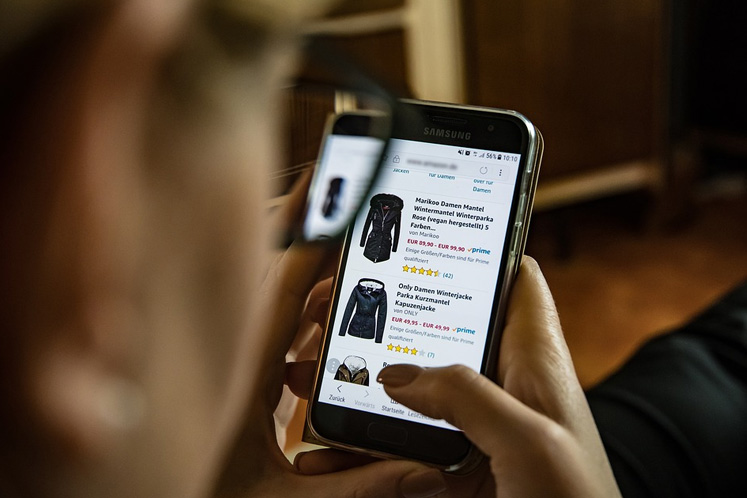
Mobile shopping apps have experienced significant growth amidst the COVID-19 environment, says Adjust, an app marketing platform.
The 2020 Mobile Shopping Apps Report, published in partnership with Liftoff, identifies North America as the largest market for mobile shoppers, while users in the Asia-Pacific region shows signs of shopping fatigue with a dip in engagement and conversion rates.
According to the report, online shopping sales are currently growing nearly five times faster than physical store sales, and purchases via mobile apps are expected to make up three-quarters of all e-commerce transactions by 2021.
Global mobile commerce sales have also tripled in the past four years, from US$1 trillion in 2016 to US$3 trillion in 2020.
Sales are expected to be worth US$3.56 trillion in 2021.
The analysis shows that the cost of acquiring users that have completed their first purchase decreased by more than half year-on-year to US$19.47. Total user engagement has also grown by 40% year-on-year, while the purchasing rate has increased from 10.5% to 14.7% in 2020.
"Last year, our analysis found that the rise of sales bonanzas from retail giants like Amazon, Flipkart and Alibaba were tilling the soil for other retailers, priming mobile users to shop year-round, and this trend is only continuing," says Mark Ellis, co-founder and CEO of Liftoff.
"As consumers adapt to the changing retail landscape, they're leaning on mobile more than ever. It's never been a better time to be a retail app marketer."
According to the report, the COVID-19 pandemic has resulted in more consumers shopping via mobile apps due to the stay-at-home orders. App installation costs have remained stable throughout the year, and it dropped to an annual low of US$2.48 in March.
"The e-commerce industry as a whole got a bit shell-shocked in the first few weeks of March in the wake of COVID-19, with marketers dialling back ad spend," says Paul H. Müller, Adjust co-founder and chief technology officer.
"But as we saw the vertical start to rebound in April, there's been a broader push toward re-targeting and re-engagement — in line with bringing customers back into the funnel and keeping their existing ones engaged."
In 2019, the North American and Asia-Pacific market both displayed similar trends, where users were much more willing to install shopping apps, but converting downloads to purchases was difficult, suggesting that users are prone to "window shop" on the app.
However, in 2020 the cost-per-first-purchase in the Asia-Pacific region doubled to US$54.90. This is in stark contrast to the North American region, with its cost-per-first-purchase at US$14.85, and its purchasing conversion rate six times higher than the Asia Pacific at 27.6%.
The full report can be found at:
https://www.adjust.com/blog/mobile-shopping-apps-report-2020-announcement/
